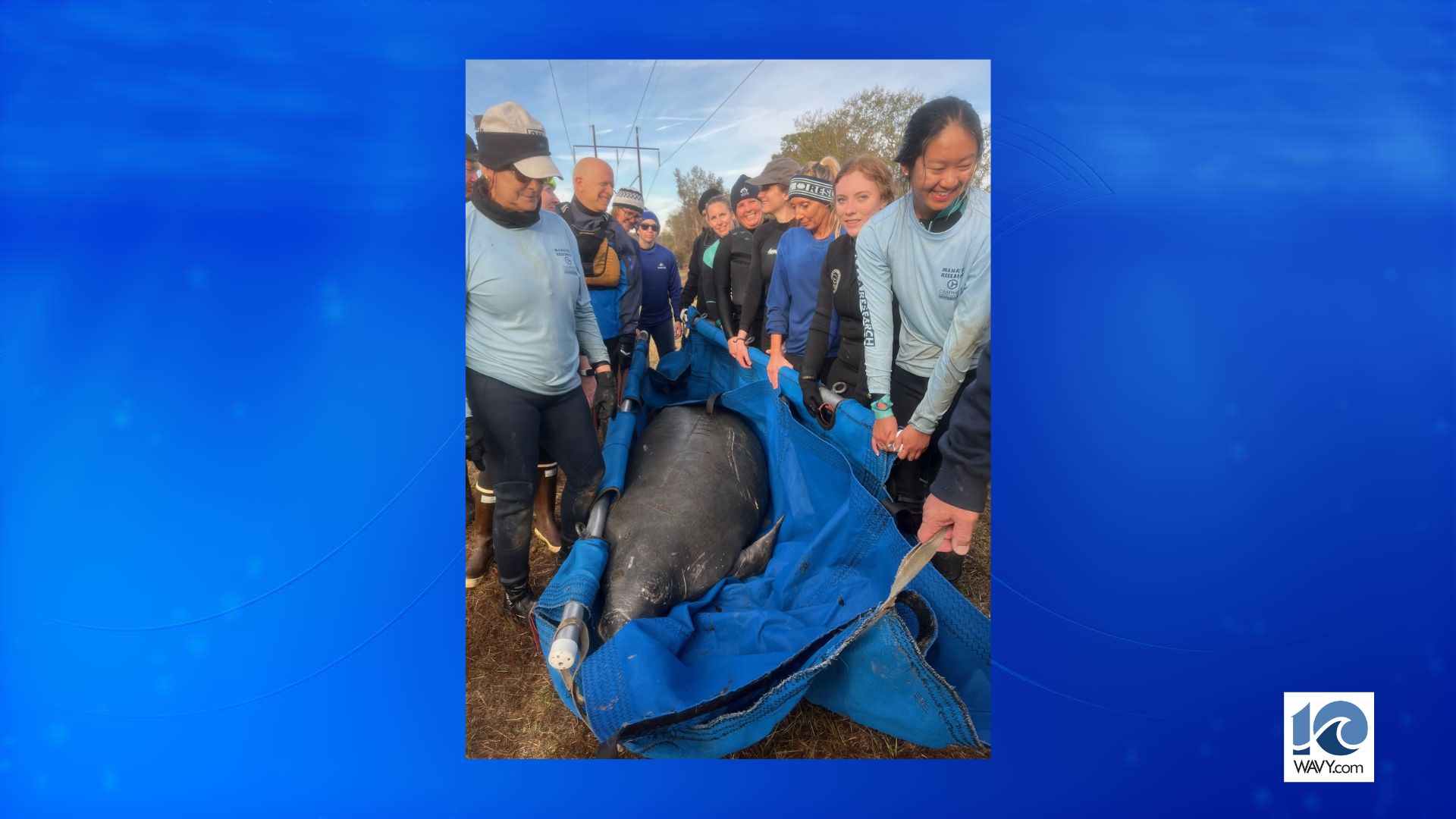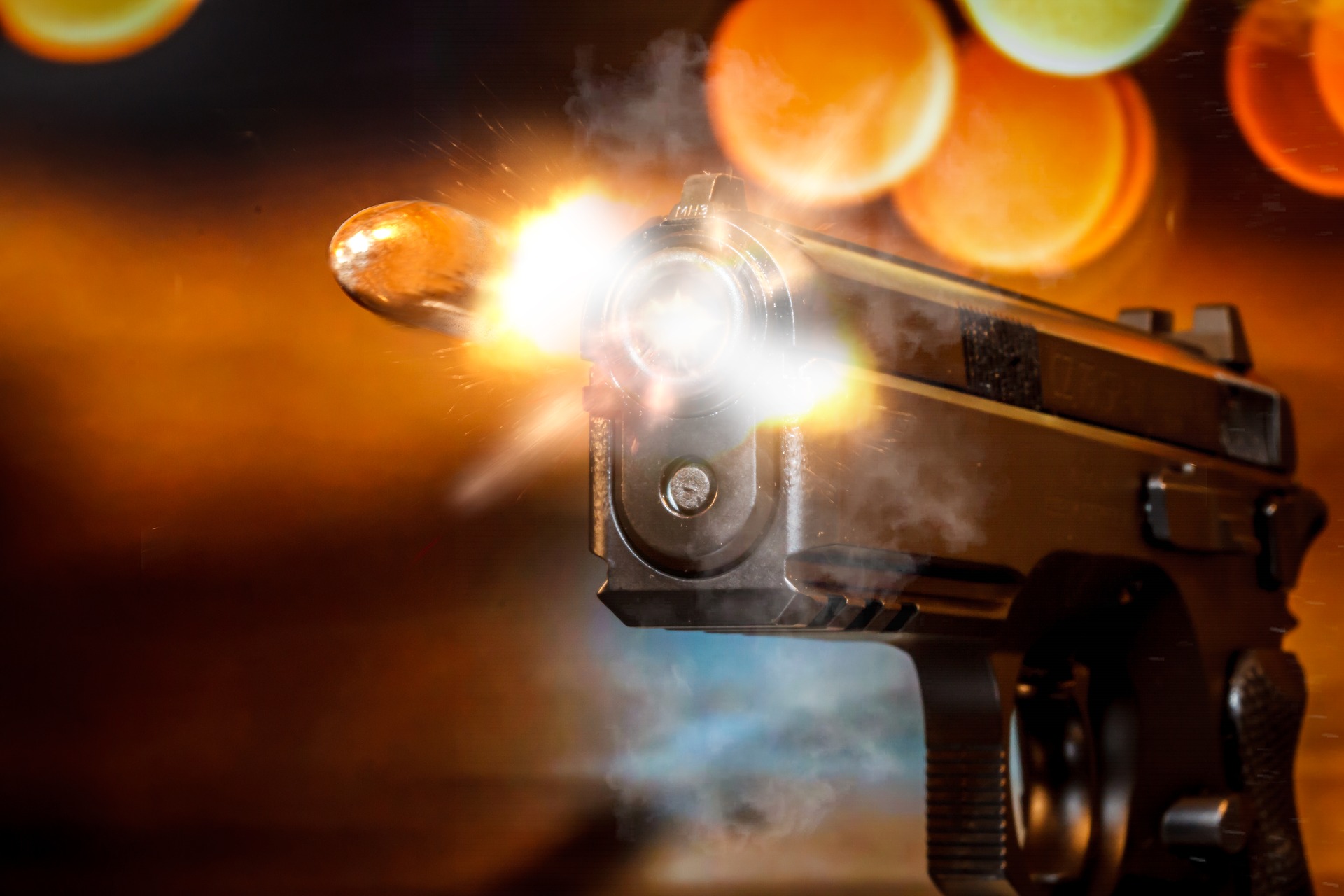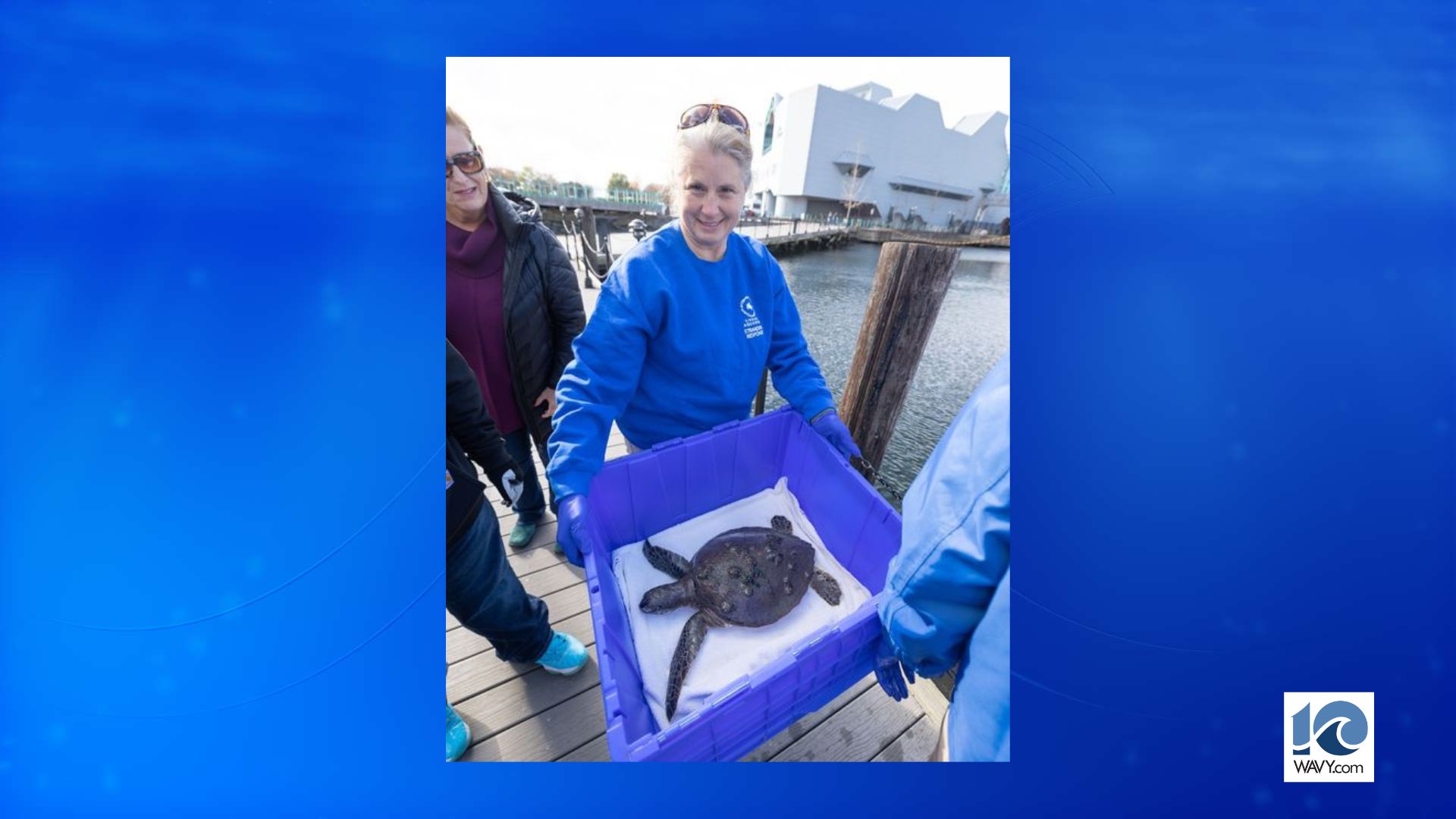AUSTIN (KXAN) — It’s time for the 2022 Winter Olympics, which means there are going to be a lot of eyeballs on the slopes of Beijing.
It’s a slope that skiers will be testing out for the first time Thursday, because Beijing is not a regular stop on the World Cup circuit. That could level the playing field and at the same time create an extra element of danger for skiers who could be flying more blind than they have in Olympics past.
Mikaela Shiffrin will likely claim at least one Olympic medal for Team USA and is always exciting to watch. Team USA will bring roughly a dozen athletes to Beijing this year on its Alpine ski team.
Here’s a breakdown of the Alpine skiing events you’ll see in the Olympics this year.
Speed events
Downhill
Downhill is all about speed. It’s the longest course, fewest turns and fastest. Each skier gets one go, fastest time wins — we’re talking speeds of 80 mph here, faster than you could legally drive on most six lane highways.
There are also small “jumps” on the course that require skiers to tuck and maintain their aerodynamic stance. At speeds of 80 mph, those can lift your skis off the ground, but they aren’t what you might see in the jumping events. Gates are placed simply as a guide in this race, not necessarily as an obstacle.

Super-G (Super Giant Slalom)
Slightly more technical than the downhill event, skiers have to navigate gates placed more closely together in the super-g event. They also cover less vertical drop.
One interesting part of the super-g is athletes don’t get a trial run like they do during the downhill event. Skiers do have an hour and a half to inspect the course the morning of the race with their coaches and have to run the race on what they’ve memorized alone.
Technical events
Slalom
In the slalom event, gates are placed close together forcing skiers to weave around the posts. The event is two rounds on the same day, with two different courses. Your scores are added together, and the fastest combined time wins.
If you miss a gate you either have to hike back uphill and do it correctly or get disqualified. Because of how much time it takes to hike back up a mountain, and how competitive the Olympics are, that doesn’t happen.
Giant Slalom
Like the slalom, skiers are forced to weave through gates, but they’re placed less tightly together, which makes it the fastest technical event in the Olympics.

Team events
Combined
This is an event you’ll only see at the Olympics. It’s exactly what it sounds like, a combination of several of the above events that all happen on the same day. In Beijing, the Olympics said this will be a high-speed race followed by a slalom.
Mixed team parallel slalom
This will be the second Winter Olympics where you’ll be able to watch the mixed team event. In it, four team mates, two men and two women, who take turns racing against the other team on a course that’s side-by-side.
The team who hits best of four wins. If there’s a tie, the team with the best accumulative time wins.

You can read more about the events from the NBC Olympics.
Check the schedule
- Feb. 6: Men’s downhill
- Feb. 7: Women’s giant slalom
- Feb. 8: Men’s super-g
- Feb. 9: Women’s slalom
- Feb. 10: Men’s combined
- Feb. 11: Women’s super-g
- Feb. 13: Men’s giant slalom
- Feb. 15: Women’s downhill
- Feb. 16: Men’s slalom
- Feb. 17: Women’s combined
- Feb. 19: Mixed team parallel slalom
Watch the opening ceremony
When: Friday, Feb. 4 at 5:30 a.m. CT | 7 p.m. CT
Where: Beijing
TV/Stream: NBC (KXAN), Peacock, NBCOlympics.com
KXAN News reporter Jala Washington is in Beijing reporting on Texas athletes and beyond for the entirety of the Games and will have daily updates on air and online.






































